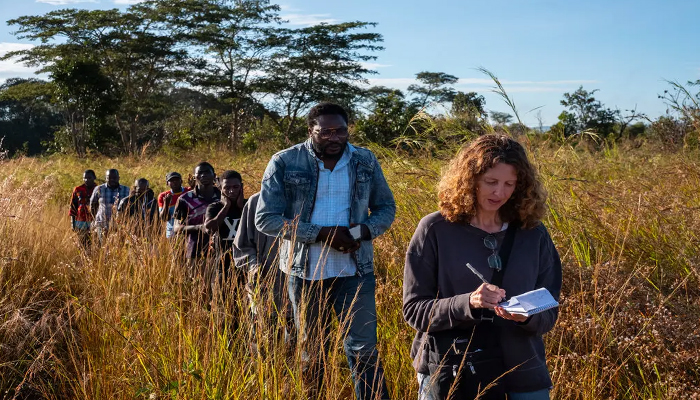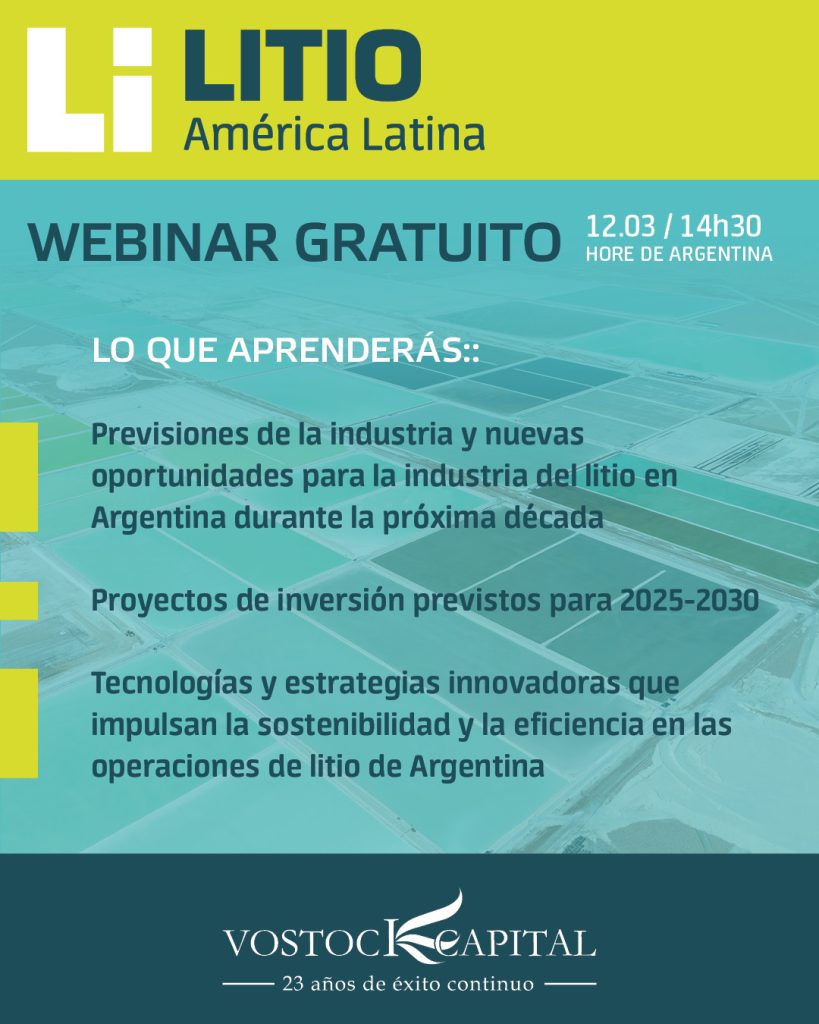The Times’s Race to the Future series is focused on the competition for electric-car resources that will shape the 21st century.

Like prospectors in the American West during the gold rush, companies and self-starters are racing to far-flung places around the globe to mine the natural resources that will drive the technology of the 21st century.
The Times’s ongoing Race to the Future series is documenting the geopolitical, economic and environmental wrangling that is shaping the shift from fossil fuels to electricity in vehicle technology. Times journalists from four desks are collaborating to shed light on the scramble for metals and the players involved: local residents with pickaxes, celebrity investors eyeing business deals and government-backed corporations elbowing for control.
The first articles in the series were published last month and focused on the Democratic Republic of Congo and its huge reserves of cobalt, a component in the batteries of electric cars. In recent weeks, other articles profiled a Chinese company that dominates the electric-car battery market (it has bought two of Congo’s largest cobalt deposits over the past five years), and the competition in Bolivia, where a quarter of the world’s known lithium — another crucial metal — is caked within salt flats.
“We are in a historic moment when the fossil fuel industry isn’t just in decline but is actually being replaced,” said Dean Murphy, the investigations editor at The Times who is overseeing the series. “There’s a lot at stake in that transition.”
Race to the Future began to take shape at the beginning of 2021. Eric Lipton, a Times investigative reporter based in Washington, was struck by a push to accelerate mining permits in the American West and by a World Bank report that outlined the billions of tons of raw materials the world would need in order to move away from oil, gas and coal. Mr. Lipton wrote a memo to his colleagues suggesting an investigation that would focus on the mining industries in several pivotal countries.
Race to the Future
Players in the clean energy revolution are increasingly caught in a cycle of exploitation and greed over resources. At the center of it is the quest for a prized metal: cobalt, a key ingredient in electric cars.
- Global Rivalries: The competition for cobalt has set off a power struggle between China and the United States in Congo.
- Corporate Champion: With the blessing of Beijing, a Chinese company became among the biggest suppliers of electric car batteries in the world.
- How the U.S. Lost Ground: Americans failed to safeguard decades of investments in Congo, essentially surrendering resources to China.
- ‘Blood Diamond of Batteries’: A bid to reform Congo’s cobalt mining, key to a push for clean energy, is rife with intrigue.
- Emporium of Ambition: Everyone passing through the Fleuve Congo Hotel in Kinshasa seems determined to grab a piece of the nation’s wealth.
- Hunter Biden’s Business Ties: A firm co-founded by the president’s son facilitated the sale of a cobalt mine in Congo to a Chinese company.
Mr. Murphy and a team of editors met with Dean Baquet, the executive editor of The Times, to discuss the scope of the project, and they committed to a multipart series that explores the new metal rush.
Dionne Searcey, a Times reporter, and Ashley Gilbertson, a photographer and frequent contributor to The Times, spent three weeks in Congo this year, charting the departure of U.S. companies, inroads made by Chinese megaminers and the villagers who have dug up the earth beneath their homes looking for scraps of cobalt. With reporting from Mr. Lipton and Michael Forsythe of the Investigations desk, they documented the web of miners, politicians and opportunists jockeying for control of the economic engine of the poor African nation.
“We’re finding that mining, as we all know, isn’t necessarily clean,” Mr. Murphy said. Often, in practice, producing green vehicles means “fueling clean energy with a dirty industry,” he said.
Days after The Times published a report on allegations of corruption against a Congolese mining chairman, he was ousted and replaced.
In August, Clifford Krauss, who covers energy for the Business desk, flew to Bolivia to travel with a swashbuckling Texas entrepreneur who is bidding against larger foreign investors for the right to develop the country’s lithium reserves, found in seas of brine high in the Andes. He was joined by the photographer Meridith Kohut. Lithium will be crucial to the electrical grids of the near future. Mining the metal in Bolivia is weighed down by politics and local groups at odds with the leftist government.
“There are going to be complexities,” Mr. Krauss said, adding, “It’s not as simple as: Put a battery in a car.”
Mr. Krauss planned to report on a conference for Bolivia’s lithium interests, but it was canceled. Earlier in the month, Bolivian protesters had lined roads, successfully stopping officials from entering lithium-processing sites.
The government often assures benefits, such as new roads and jobs, as it tries to mine lithium in Potosí Province in the country’s southern highlands. But citizens are skeptical of any real change. “Politicians come, they make their promises,” Mr. Krauss said. “And then what happens?”
As the angling to dominate the new industries continues, the Race to the Future series will keep following the arc of the transition, reporting on the power struggles and tensions of a remade economic order. The team will publish more articles in the coming weeks, including about a campaign to mine for electric battery metals on tribal lands in the American West.
It is an area of coverage ripe for all of journalism for “many years to come,” Mr. Murphy said. “We’re in the middle of it, we really are, and there is so much more to investigate, explain and share with our readers.”
____________________________________________
Emmett Lindner works on the International desk and the Print Hub at The New York Times. He has covered international protests, worked on live briefings and asked the tough questions about frozen reindeer meat. Petroleumworld, do not reflect either for or against the opinion expressed in the comment as an endorsement of Petroleumworld.
Original article
Editor’s Note: This article was originally publish on The New Yortk Times on Dec. 26, 2021. All comments posted and published on Petroleumworld, do not reflect either for or against the opinion expressed in the comment as an endorsement of Petroleumworld.
Use Notice: This site contains copyrighted material the use of which has not always been specifically authorized by the copyright owner. We are making such material available in our efforts to advance understanding of issues of environmental and humanitarian significance. We believe this constitutes a ‘fair use’ of any such copyrighted material as provided for in section 107 of the US Copyright Law. In accordance with Title 17 U.S.C. Section 107. For more information go to: http://www.law.cornell.edu/uscode/17/107.shtml.
EnergiesNet.com 12 26 2021



